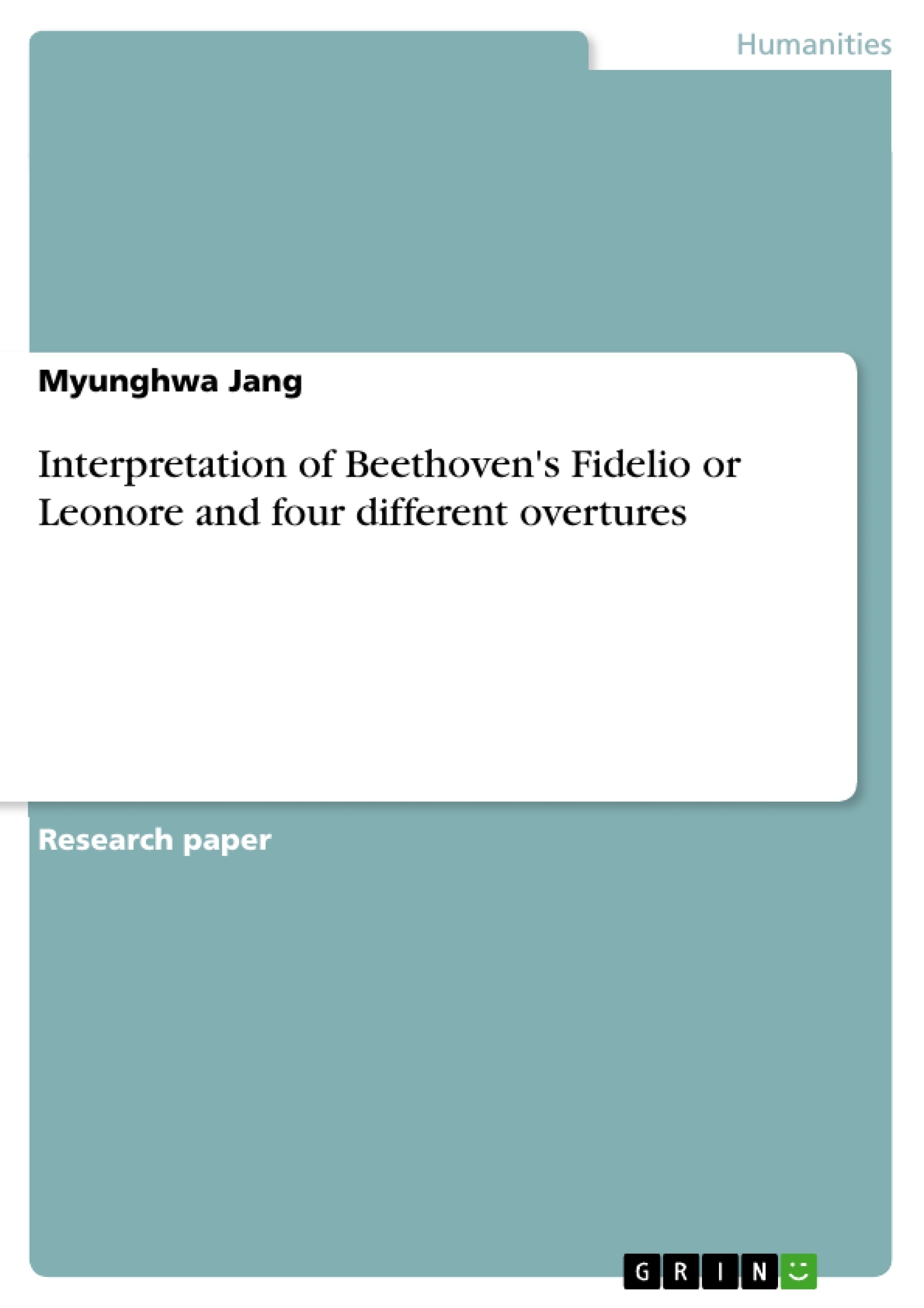Written with librettist, Joseph von Sonnleithner, Beethoven’s first version was divided into three acts in the style of a German Singspiel. In a singspiel, a fresh start has to be made after every spoken interruption. Fidelio was first performed on November 20, 1805 after being delayed due to issues with the censors. The opera opened to a small audience and negative reviews.
A year later Beethoven attempted a revision of Fidelio for the same theatre. Due to a change in management Beethoven was presented with a new librettist by the name of Stephan von Breuning. After a great deal of struggle, a very reluctant Beethoven agreed to a much more condensed and concise version of the opera. The newly revised version was performed on May 29, 1806. Again the audience was not Beethoven’s ideal audience and the show failed once again.
After reading a refined libretto by Georg Friedrich Treitschke, Beethoven agreed the revival but insisted on a complete revision in which he virtually started over. Nearly every number was altered in some fashion. The third and final version of the opera opened with great success on May 23, 1814.
It took Beethoven over a decade to complete his only opera. Throughout the many revisions he produced four different overtures. The first, now known as Leonore #2 was written for the opera’s premiere in 1805. Because some sections proved to be too difficult Beethoven began reworking the overture for the opera’s revival in 1806. The new version became known as Leonore #3. Beethoven’s final revision composed for the 1814.
Production was called the Fidelio Overture. After his death a fourth overture was found. Entitled Leonore #1 it is believed he either wrote it first or for a production of Fidelio in Prague that never happened. Leonore #3 is often played between the two scenes in Act 2. However, many critics such as Henry W. Simon consider this practice to be “abhorrently inartistic” due to the dramatic nature of the piece.
Inhaltsverzeichnis (Table of Contents)
- Background
- Vestas Feuer
- Fidelio
- Influences
Zielsetzung und Themenschwerpunkte (Objectives and Key Themes)
This text examines the genesis and evolution of Ludwig van Beethoven's only opera, *Fidelio*. It explores the challenges Beethoven faced in developing the work, including revisions, censorship, and audience reception. The text also analyzes the opera's historical context, highlighting the influence of contemporary musical trends and the impact of other composers' works on Beethoven's creative process.
- The development and evolution of Beethoven's *Fidelio*
- Beethoven's creative process and challenges in composing an opera
- The role of censorship and audience reception in shaping the opera's production
- The influence of contemporary musical trends and other composers on *Fidelio*
- The opera's historical context and connection to broader themes of humanity and good versus evil
Zusammenfassung der Kapitel (Chapter Summaries)
- Background: This chapter sets the scene for Beethoven's foray into opera composition. It describes the prevailing musical landscape in Vienna at the time, Beethoven's personal struggles with deafness, and the commission he received to create an opera for Emanuel Schikaneder's theatre. The chapter also introduces the concept of "rescue opera" and its influence on Beethoven's approach.
- Vestas Feuer: This section details Beethoven's first attempt at an opera, *Vestas Feuer*. It examines the abandoned project and its potential influence on the development of *Fidelio*. The chapter also provides a brief musical comparison between *Vestas Feuer* and *Fidelio*.
- Fidelio: This chapter traces the history of *Fidelio* from its initial conception to its final triumphant performance. It covers the opera's first two versions, the challenges they faced, and Beethoven's revisions to address these shortcomings. The chapter also highlights the role of librettists and the evolving nature of the opera's story.
- Influences: This chapter explores the various influences that shaped *Fidelio*, including Mozart's *Die Zauberflöte*, other settings of the *Leonore* story, and Beethoven's own previous works. It discusses the similarities and differences between these influences and their impact on Beethoven's creative process.
Schlüsselwörter (Keywords)
Key terms and concepts explored in this text include: Beethoven, *Fidelio*, opera, rescue opera, *Die Zauberflöte*, libretto, censorship, audience reception, musical influence, historical context, and the evolution of artistic expression.
- Quote paper
- Full time Lecturer in Voice Myunghwa Jang (Author), 2010, Interpretation of Beethoven's Fidelio or Leonore and four different overtures, Munich, GRIN Verlag, https://www.grin.com/document/159536




